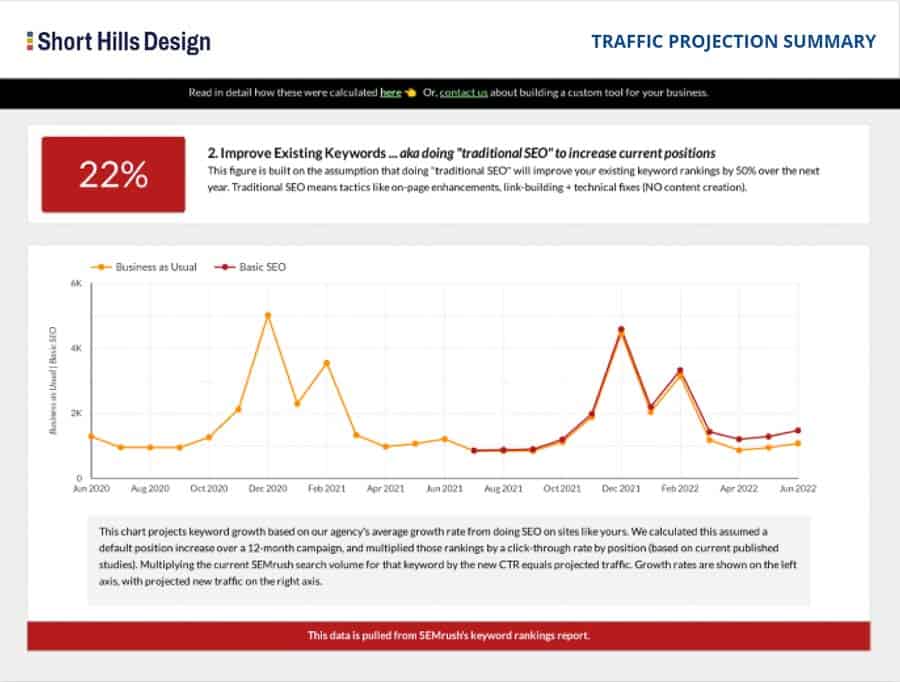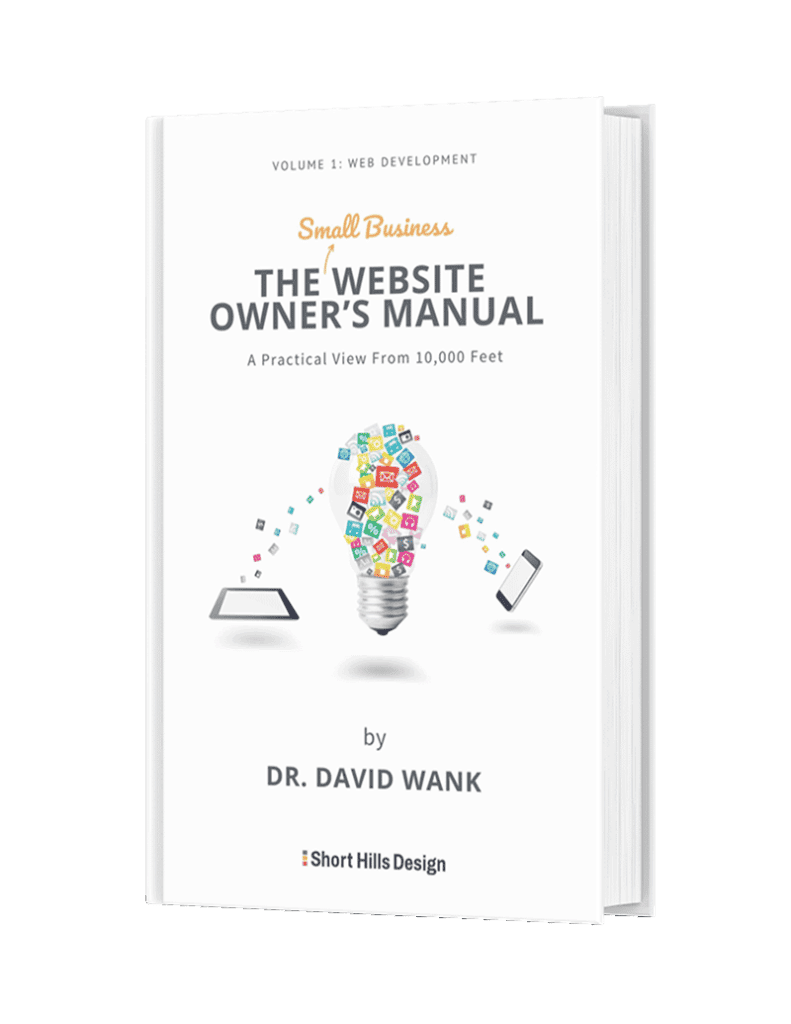I was recently browsing a popular forum for healthcare providers when I came across the question, “Am I wasting my time and money running AdWords ads at nights and on the weekends?” As I will explain below, my emphatic answer to this question is, “You tell me!”
Looking at this question I immediately knew that this provider was not keeping track of his conversions, and without conversion data, there was no way for him to evaluate whether or not his AdWords campaign was working for his office goals, or to see if he was throwing marketing money out the window.
So let’s take a step back for a minute and talk about goals and conversions. A goal is any task you want a website visitor to complete, such as filling out a contact form, and a conversion is what we marketers call it when someone actually completes one of these goals. So for a dentist or physician, a good goal would be to “have someone contact the office via the website contact form”. And the conversion would be when someone actually contacts the office via the contact form. You can and will obviously set your own goals, but this example is a very common one so it’s worth exploring as an example.
Goals are important for organic SEO as well for PPC traffic, but for this article let’s stick with PPC (you can read this article to learn more about the difference between organic and paid (PPC) search).
So moving ahead with the AdWords example, let assume that each click from your AdWords ad costs you $2 and that you have 20 people click your ad in a one-month period – so you’ve spent $40 this month.
Now let’s assume that of the 20 people that came to your website by clicking on the AdWords ad, 2 contacted the office via the website contact form (note they also could have called the office but for now let’s stick to the contact form for simplicity). Recall that your goal was to get people to contact the office via the contact form, and that we defined your conversion as someone actually using the form.
1. Conversion Rate. Using the numbers above, the calculated conversion rate here is (2/20) (reduces to 1/10) or 10%. So this data means that for every 20 people that came to your website from your AdWords ad (20 clicks), 2 contacted the office. Thus we can say that your conversion rate for this particular AdWords ad is 10%.
2. Cost Per Conversion. We can now conclude that for every $40 we spend on this AdWords ad, 2 people will contact the office for a cost per conversion of $10.
Now that we know the conversion rate for this particular ad as well as our CPC, we can determine if running this ad is a good use of our marketing dollars.
The question here is simple: “Is it worth $10 to have a potentially new patient call the office?” For some practices the answer is yes, and for some the answer is no.
If the answer is yes, then keep running this ad. And because we know the conversion rate is 10%, it may be a good use of our funds to aim for more impressions of the ad (that is, increase the number of times the ad is displayed). So while last month we had 20 clicks, wouldn’t it be better next month if we had 40 clicks? The 40 clicks would cost $80 (remember a cost of $2 per click), but at a consistent conversion rate of 10%, we can predict that 4 people will now contact the office, still at a cost of $10 each (remember --- 40 clicks should lead to 4 contact form requests) .
The key concept I want to you take away from this article is that you should look at the data from any and all of your marketing campaigns. If you have clearly defined goals (e.g. get a contact from request from your website) and know the cost per conversion (e.g. $10), then you can easily compare your marketing campaigns and see which ones work and which ones don’t.
Think about your ad in the Yellow Pages. How many new patients did you get to contact your office from the Yellow Pages ad this month? Was it worth the approximately $300 you spent on the ad? Without defined goals and conversion rate data, you can’t possibly assess whether this $300 is money well spent. But if we look at data from the last 6 months and see that of the $1800 you’ve spent on your Yellow Pages ad ($300/mo. X 6 mo.), you’ve only had 6 new patients contact the office, then the $300 cost per new patient contact request here makes the AdWords CPC look like pennies.
In this article I kept the defined conversions simple in order to demonstrate a concept. If you'd like to see how I break down conversions in real-world situations, you may find this article interesting: A Practical Look at AdWords and Marketing Conversions for Healthcare Providers.

